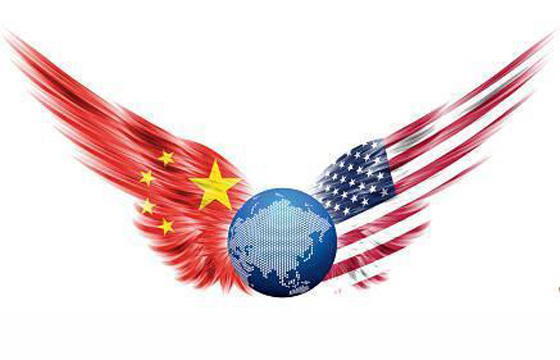
Bala Ramasamy, Professor of Economics and Associate Dean and Director of the Global EMBA Programme, China Europe International School in Shanghai
Matthew Yeung, Associate Professor at Lee Shau Kee School of Business and Administration, Hong Kong Metropolitan University
Apr 17, 2023
The shift of the US policy from engaging China to containing China can be traced back to the Obama administration and his pivot to Asia strategy in 2009.
Sajjad Ashraf, Former Adjunct Professor, National University of Singapore
Dec 02, 2022
ASEAN toes a delicate balancing act between China and the United States, and the latest ASEAN Summit demonstrates the complexities involved in steering clear of unnecessary tensions.
Lucio Blanco Pitlo III, Research Fellow, Asia-Pacific Pathways to Progress Foundation
Jun 30, 2022
The IPEF - a U.S.-initiated trade and development partnership - is poised to bring in enthusiastic participation from several nations in the Asia-Pacific region. Notably, Southeast Asian states are well represented among members, giving the U.S. considerable influence right in China’s backyard.
Richard Weitz, Senior Fellow, Hudson Institute
Jun 14, 2022
The Biden administration is prioritizing its foreign policy strategy in Asia by extensive outreach and alliances in the region. Strategic partnerships with other countries, particularly in the Indo-Pacific , are crucial for the U.S. to keep up with China’s growth in the region.
Richard Javad Heydarian, Professorial Chairholder in Geopolitics, Polytechnic University of the Philippines
Jun 11, 2022
U.S. President Joe Biden formally launched the Indo-Pacific Economic Framework in June, but the initiative falls short of providing an actual trade agreement. In order for the IPEF to work long term, the Biden administration must include interlocking development initiatives that are multilateral and backed by public-private partnership agreements.
David Shambaugh, Gaston Sigur Professor of Asian Studies and Director of the China Policy Program, George Washington University
May 31, 2022
As President Biden attends his first in-person meetings in Asia, who he’s visiting and their respective agendas can inform our observations on what the U.S. strategy will be in dealing with China’s neighbors.
Liu Chang, Assistant Research Fellow, Department for American Studies, CIIS
May 30, 2022
Lacking concrete detail, the framework is burdened by great uncertainty. Moreover, the United States seems to be sending a decoupling signal to China — a questionable strategy. If the U.S. continues along this line, it will be hard to win confidence and cooperation from countries in the Indo-Pacific region.
Tao Wenzhao, Honorary Member of the Chinese Academy of Social Sciences; Fellow, CASS Institute of American Studies
May 30, 2022
The IPEF as yet has no real content, so people are understandably mystified. America wants to drive a wedge between regional countries and China. But this won’t work, as China is already embedded. Supply chains will not be altered on a whim.
Sajjad Ashraf, Former Adjunct Professor, National University of Singapore
Mar 15, 2022
America finally issued a broad statement on its Indo-Pacific strategy, predictably addressing concerns about China’s influence and spelling out its intention to play into its allies' favor. Meanwhile, ASEAN must respond to the latest development to retain their own autonomy and stability in what many are sure to see as rising tensions.
He Weiwen, Senior Fellow, Center for China and Globalization, CCG
Feb 25, 2022
The Indo-Pacific Economic Framework proposed by the United States should blend with existing regional free trade arrangements, which are already well-developed. A quick look at the numbers shows there’s no advantage to leaving out Asia’s trade behemoth.